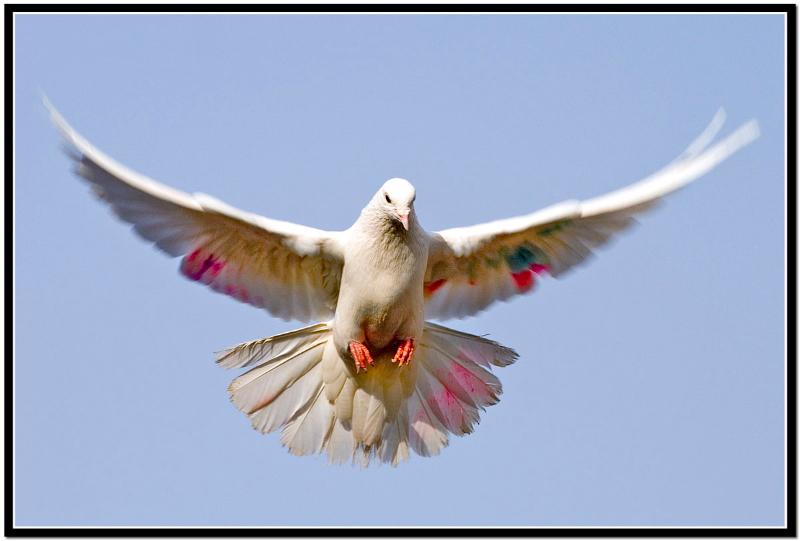Dear All,
This weeks article looks at ways in which we can encourage ourselves to get out of the ‘ordinary appearances’ that so often prevent us from living a full and vibrant life.
Quick reminder of this coming Wednesday’s “Introduction to Meditation From the Perspective of Zen” . There are maybe three or four places left, so if you do want to come I do need to know, thanks! If you can’t make the Zen class physically, but are interested in the MP3 recordings of it, then it is available in this format.
Wishing you a week of non-ordinariness,
Upcoming Classes and Workshops at Integral Meditation Asia in January 2013
Wednesday 16th January, 7.30-9.30pm: “An Introduction to Meditation From the Perspective of Zen”
Sunday 26th January – 9.30am-12.30pm – Three Hour Workshop: ”Meditation for Creating a Mind of Ease, Relaxed Concentration and Positive Intention – An Introduction to Contemporary Meditation Practice“
To register or for further enquiries: Email info@integralmeditationasia.com, or call 65-68714117
 On Real Men, Daffodils and Chihuahuas
On Real Men, Daffodils and Chihuahuas
Ordinary appearances
From the perspective of Tibetan Buddhist Tantric practice, one of the main obstacles to us breaking free of our patterns of suffering and pain, and living in a truly creative and liberated state is ‘ordinary appearances’. Put very briefly this means that we see what arises in our daily life as the ‘same old same old’, rather than the reality (from a tantric perspective), which is that each moment of our life is a living encounter and dialog with the divine who/which is in each moment encouraging us to recognize our own inner creative nature, and encouraging us to dance and sing our way through life, rather than remaining stuck in the banal, the unthinking mainstream, the unexceptional and often actually being afraid to connect to and be “who we really are”.
Things that take you out of the spell of ordinary appearance
Some afternoons I jog down the canal to an exercise station to do a little bit of fitness work. Often at about that time there is another guy there, maybe in his 50’s. He has a kind of David Beckham mid-90’s hair cut, with red highlights, and he jogs down with his dog, a Chihuahua that last week was carrying a daffodil in its mouth as it trotted along beside him. I think he must be some kind of night club owner or something, but the thing that strikes me about him is that he is clearly entirely comfortable with his lack of conventionality. We normally have a friendly chat about man-stuff (actually mostly sound approximations, his english isn’t that good, and my mandarin is similarly limited, but with man-talk it is mainly about making the right primal sounds to let each other know that it is one ‘real man’ talking to another, right guys?) before we go off and sweat away in our own corner of the playground.
For me, seeing this slightly eccentric but entirely ‘comfortable in his own skin’ guy, within his flower carrying dog reminds me that life is not ordinary. Seeing him each week makes me smile and laugh a bit, and encourages me to keep on pursuing my own ‘out of the ordinary’ path with humour, enthusiasm, care and creativity despite the obstacles that come up.
Breaking the consensus of ordinary appearance in the world
Like me I am sure that you to have some slightly out of the ordinary people, sights and happenings that occur in your life each week, or if you think you don’t, then have a look out this week and see what you can find. You can use these encounters if you want just to consciously jolt you out of your ordinary, mundane perception of your life, and see your life as an opportunity to dance a little (inwardly or outwardly) to the tune of the divine, and to connect creatively, fully and with care to who you are, who you meet and what you are doing.
© Toby Ouvry 2013, you are welcome to use or share this article, but please cite Toby as the source and include reference to his website www.tobyouvry.com
 The Inner Sharks of the Mind
The Inner Sharks of the Mind Article of the Week:
Article of the Week:
 Taking Light-Heartedness as Your Object of Meditation
Taking Light-Heartedness as Your Object of Meditation



